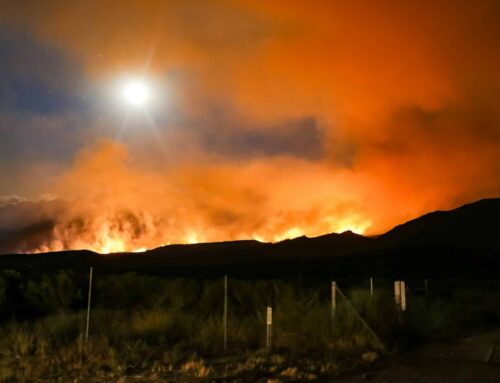Politicians on both sides of the aisle are planning on shamelessly taking advantage of the crippling drought to stick taxpayers with a bloated, wasteful Farm Bill. This trillion dollar bill won't fix the drought, but it will put taxpayers in a fix.
Let's be clear. The drought is real. As of Wednesday, 1,820 counties had been declared disaster areas. This could be the driest, hottest year for agriculture since 1988 or earlier . Many farmers are going to harvest much less than they expected, some practically nothing. Sounds like a disaster.
But when you look at the balance sheet you see…abundance.
This week, the U.S. Department of Agriculture announced that the Ag sector is on pace to make a record $122.4 billion in profits this year.
On one hand, this makes since: Constricted supply equals higher prices. We're still using billions of bushels of corn and soybeans to feed our cars (ethanol) and cows, so whatever is harvested can often be sold at prices that are nearing record territory. And not every county is suffering from drought, so some folks are raking it in. But the other part of this equation is your contribution. Or, more specifically, your tax dollars.
Most farmers were taken care of before a single seed was planted, through federally subsidized crop insurance. Agricultural businesses can get insurance policies covering everything from corn to clams. And they get them for cheap, or even free. A basic catastrophic policy, covering a 50% loss, has Uncle Sam paying 100% of the premium. If you want one that kicks in earlier, for as little as a 15% loss in many places, we'll write a check for a portion of that cost, too. On average, taxpayers pay 62 cents out of each dollar of farmers' insurance premium costs. Importantly, many policies cover not just losses of crops, but the revenue you were expecting. Last year Uncle Sam shelled out more than $11 billion on this income guarantee program.
It will be months before we know the final tab for crop insurance, but with 279 million acres insured $115 billion in coverage-a record-and prices for corn and soybeans near record highs, the sky is the limit. Estimates easily put the cost of this program anywhere from $20 to $30 billion. When the last Farm Bill was passed in 2008, the program was supposed to cost a shade over $5 billion for this year.
When the worst growing conditions in generations produce record income, most people would think it's a sign that something is out of whack. But agricultural special interests aren't most people. They're actually looking to exploit the drought to ram through a Farm Bill that expands the crop insurance program and puts taxpayers on the hook for guaranteeing even higher profits for agricultural businesses.
Both the House and Senate Farm Bills include new “shallow loss” programs Under these, checks would flow from Washington any time farms see even modest dips-as little as 10%-in their revenue, not the devastating wipe-outs that are currently making headlines. Crop insurance won't be reined in. It will actually be expanded with special carve-outs for catfish, popcorn, peanut, and poultry producers, amongst others. And all of this and more is wrapped up in a nearly trillion-dollar bill that spends 60% more than the last Farm Bill passed just four years ago.
The Farm Bills aren't about helping with the drought. As House Agriculture Committee Chairman Lucas (R-OK) said himself, they're legislation to “get us through bad times and make the good times better.” With agriculture closing in on yet another year of record income, it seems like there are no bad times. Lawmakers should spend the next month figuring out how to reduce our $16 trillion debt instead of showering special interests with even more wasteful subsidies that have nothing to do with the drought.











Get Social